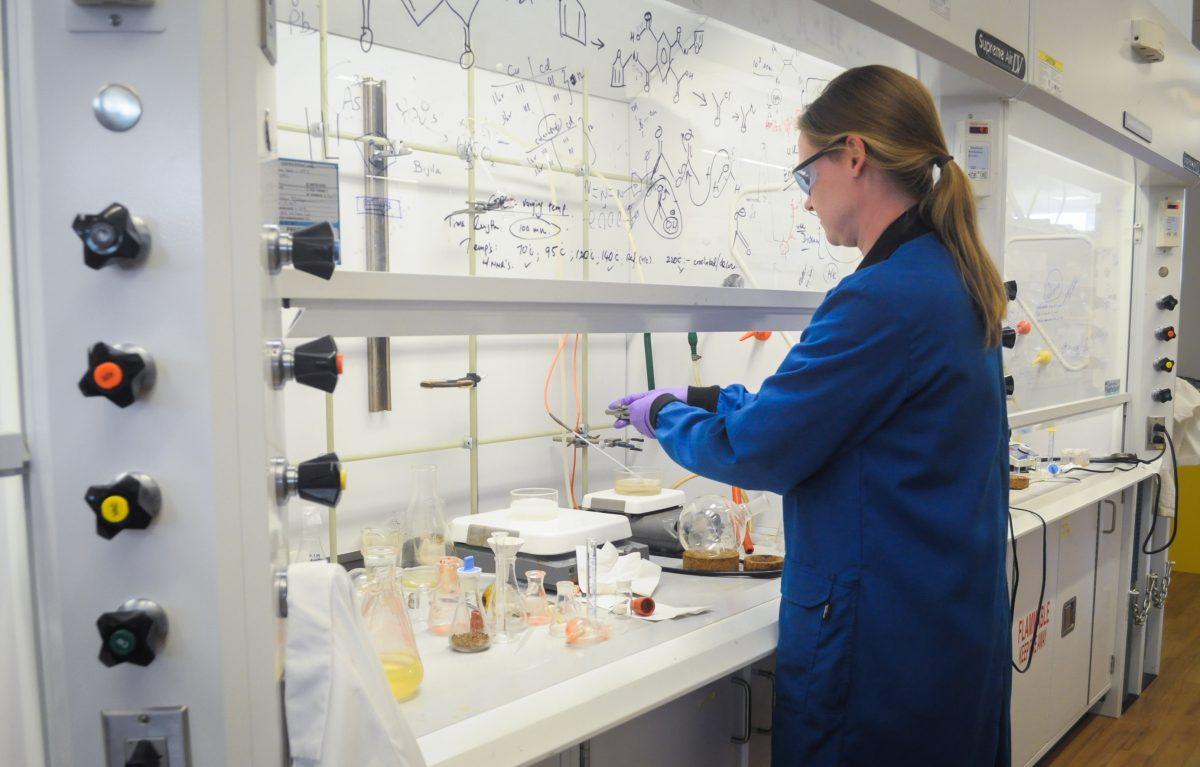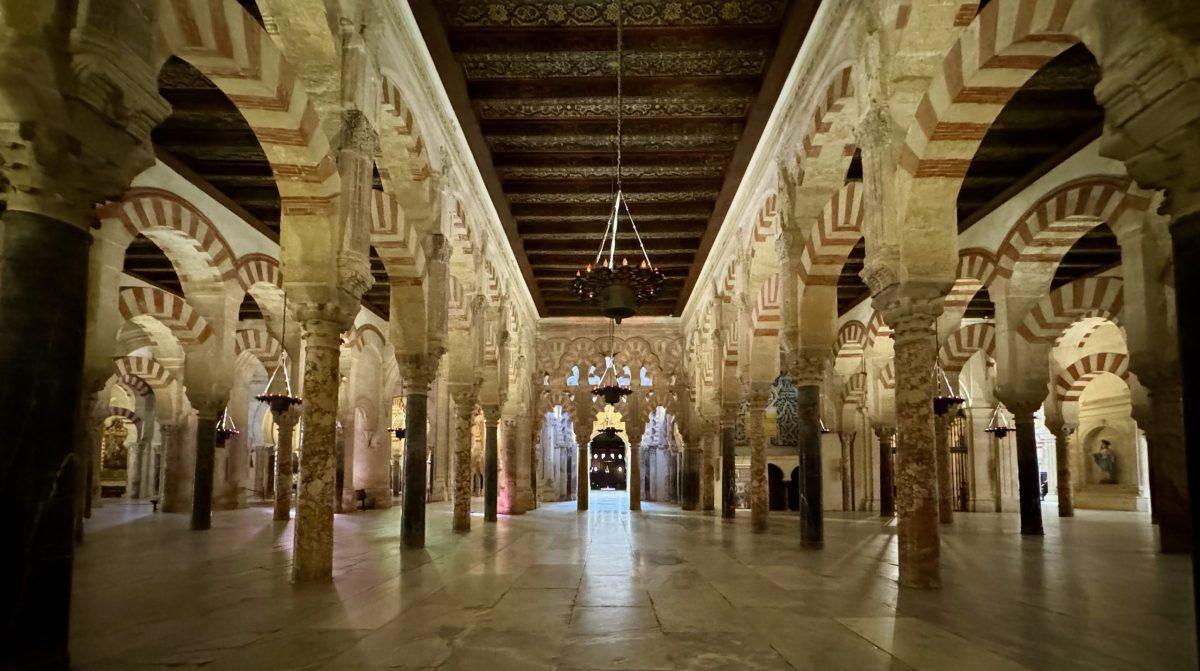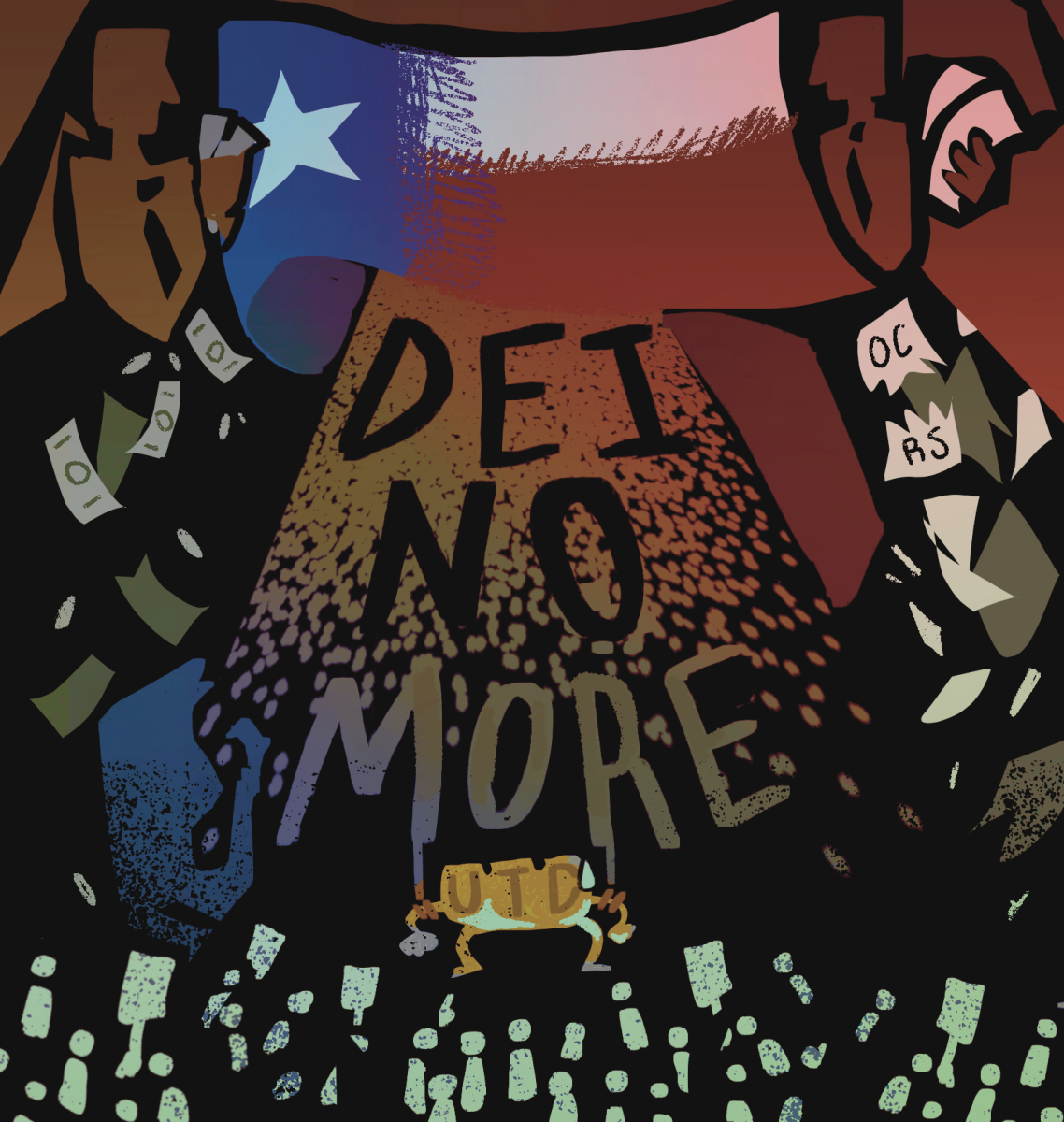Editor’s Note: This article has been updated to include additional information about the National Research University Fund and quotes from President Richard Benson.
UTD recently reached what administration members say is a major step toward becoming a premier research university.
The university announced on July 25 that it had qualified for funding from the National Research University Fund, concluding a nine-year initiative to receive additional support from the state. UTD’s share of NRUF funding is valued at $7.5 million for the 2018 fiscal year.
“It’s a collective result,” said UTD president Richard Benson. “It’s really an achievement by the whole university.”
To qualify, UTD had to meet criteria established by the Texas Higher Education Coordinating Board for two consecutive years, including spending $45 million on restricted research, having at least a $400 million endowment, having a “high-achieving” freshman class, hosting “high-quality” faculty and holding membership in a national honors organization. UTD met the criteria for the 2016 and 2017 fiscal years. The state conducted an audit during the 2018 fiscal year to ensure the university had met all requirements.
Joseph Pancrazio, appointed vice president for research in June, said UTD’s qualification for the funding was a testament to the university’s growth over the past decade.
“It certainly demonstrates that we’ve been successful and that we have a tremendous foundation from which we can continue to advance,” Pancrazio said.
Executive Vice President Hobson Wildenthal was among UTD administrators who led the university’s campaign toward NRUF funding since NRUF’s establishment in 2009. Signed into law by the 81st Texas Legislature, House Bill 51 outlined NRUF’s incentives to increase research activity at public universities across the state. The legislation initially recognized the University of Texas at Austin and Texas A&M University as already qualified for additional funding. Other public universities, including UTD, competed with each other to receive NRUF support.
“In any case, these criteria were size criteria,” Wildenthal said. “In other words, the bigger the university, the more of all these things you had, and we were quite a bit smaller than the other universities put into the competition.”
Benson said UTD had been close to meeting certain NRUF criteria for the past few years. In the 2015 fiscal year, the university’s endowment stood at approximately $390 million, just shy of the $400 million requirement for NRUF funding. Another NRUF criterion is having a minimum of 200 Ph.D. graduates per year. According to the Office of Graduate Studies, 194 and 199 doctoral degrees were awarded in the 2015-2016 and 2016-2017 academic years, respectively.
“The quality metrics on students and faculty, they were kind of already there,” Benson said. “We knew that we had good people, but we were short on some of the numbers.”
UTD had previously attained “Tier One” status — a loosely-defined designation — from the Carnegie Classification of Institutions of Higher Education in February 2016. Carnegie confers “Tier One” status, which is separate from NRUF support, to the top 115 universities in the nation based on research output. The Carnegie recognition is considered a prerequisite for another “Tier One” status given by the Association of American Universities, an invitation-only group that includes UT Austin and Texas A&M among public Texas universities. UTD is not a member of the AAU.
“‘Tier One’ is just an adjective that was picked out to try and describe what people are talking about,” Wildenthal said. “But it really means that we’ve got a good faculty and a good student body who are doing enough research that we satisfy these markers.”
David Daniel served as president of UTD when NRUF was established and oversaw the creation of a university fundraising campaign called “Realize the Vision: The Campaign for Tier One and Beyond” in 2009. By 2012, the university raised $270 million in endowed funds toward its goal of a $400 million endowment to meet the NRUF requirement. The campaign concluded in 2014 with a $387 million endowment.
“The success we’ve achieved is because we stand on the shoulders of those that went before us,” Pancrazio said. “We’ve been working on it since the (NRUF) initiative became available at the state level, and it was championed by Dr. Daniel.”
Since the end of the campaign in 2014, the university has also increased its restricted research expenditures, reaching an average of $51 million for the 2016 and 2017 fiscal years, beyond the $45 million NRUF requirement. Wildenthal said the funding unlocked as a result of NRUF qualification will be used to attract new faculty members, employ more research assistants and expand existing research initiatives. Pancrazio added that NRUF funding opens the possibility of future research collaborations with other institutions, particularly UT System institutions, such as UT Southwestern.
Benson said that looking forward, the university will continue to work to meet its long-term goals as outlined in its 2018 strategic plan, which encompasses nine strategic themes. He added that NRUF bolstered UTD’s visibility in both the Dallas-Fort Worth metroplex and the state, opening the door to more partnerships and joint initiatives.
“NRUF has put us on the map,” Benson said. “We’re better known than we were before.”
Wildenthal agreed, adding that UTD’s qualification for NRUF funding was a just another step in the university’s journey.
“This is a reward for the students and for the faculty, but it’s not the end of the road,” Wildenthal said. “It’s another step on the climb to being a bigger and better university, and we’ll continue climbing.”
Additional reporting by Cindy Folefack and Madeleine Keith

















